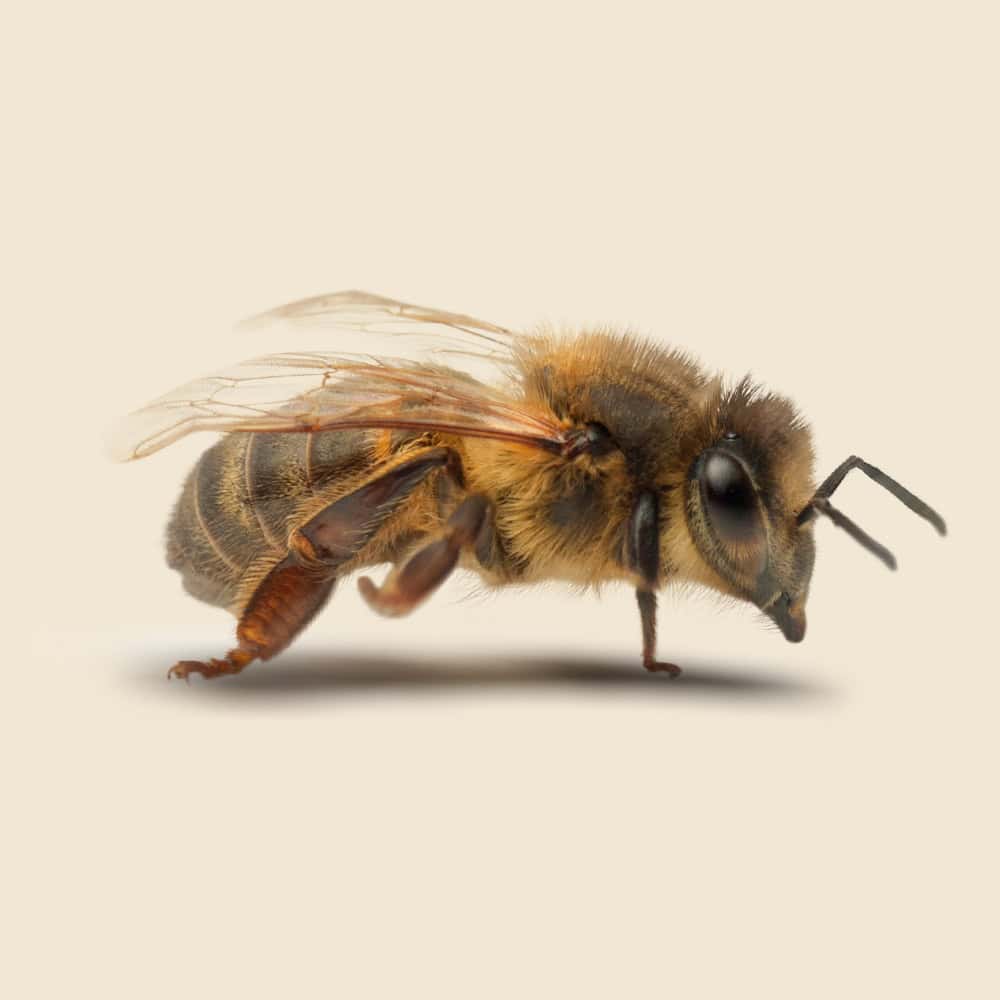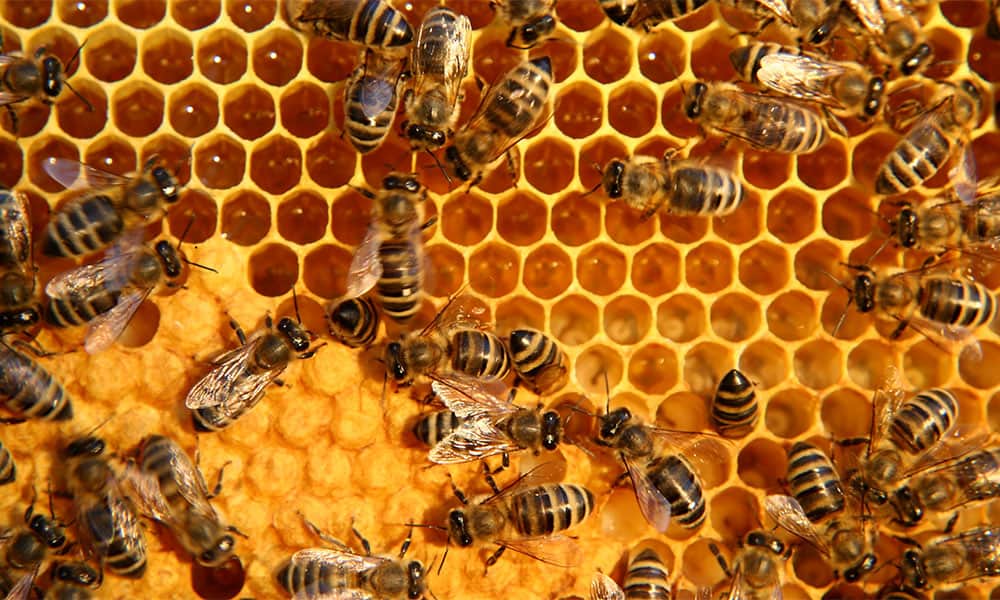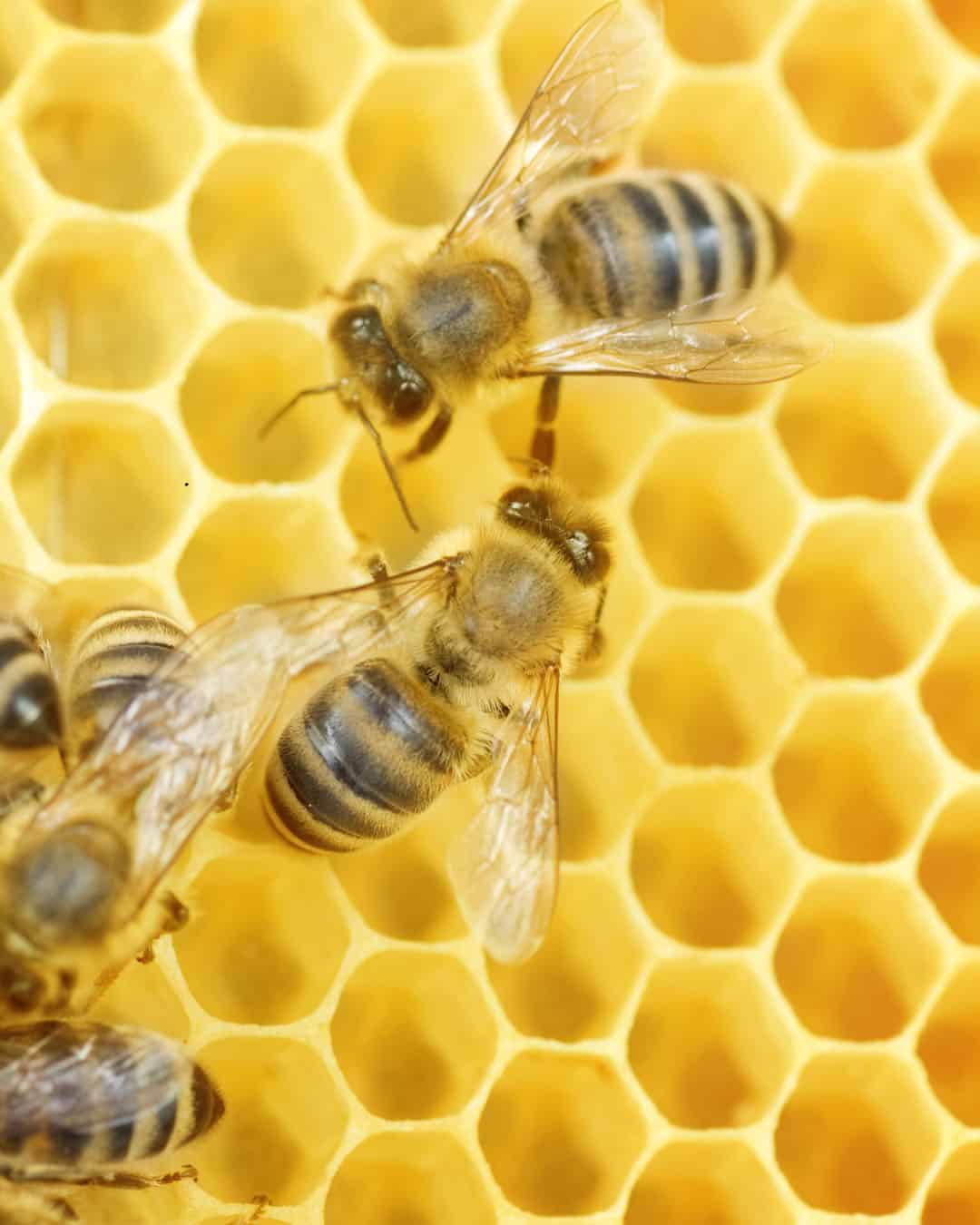Worker Bee Facts & Information
Worker bees, while essential for pollination and the environment, can become a concern when they establish hives near human activity. Known for their industrious nature and ability to sting, worker bees can pose a risk when they feel threatened or when their hives are disturbed.

Apis mellifera Linnaeus
What You Need To Know About Worker Bees
What do worker bees look like?
Worker bees are female honey bees that are smaller than queens and drones. They have a distinctive striped pattern on their bodies, with alternating bands of black and yellow or brown. Worker bees have specialized body parts like pollen baskets on their hind legs and a barbed stinger.
What do worker bees eat?
Worker bees consume nectar and pollen from flowers. Nectar is converted into honey, which serves as a primary energy source. Pollen provides essential proteins and nutrients for the colony. They also feed royal jelly to developing larvae.
What sort of habitat do worker bees live in?
Worker bees live in hives, which can be found in natural settings like hollow trees or in man-made structures like beekeeping boxes. The hive consists of wax cells where bees store honey, pollen, and brood (eggs, larvae, and pupae). They thrive in areas abundant with flowering plants.
How do worker bees commonly behave?
Worker bees are highly organized and perform various tasks throughout their lives. Young workers clean the hive and feed larvae. As they age, they take on roles like producing wax, building honeycombs, guarding the hive, and foraging for nectar and pollen. Worker bees communicate through a complex system of pheromones and the famous “waggle dance” to indicate the location of food sources.
Did you know this about worker bees?
Worker bees are essential for the survival of the hive, performing all the necessary tasks to maintain the colony. They have a lifespan of about six weeks during the active season, though they can live several months during the winter. Remarkably, a single worker bee can produce about 1/12 of a teaspoon of honey in her lifetime. Worker bees also play a crucial role in pollination, helping to fertilize many of the world’s crops and wild plants, making them vital for both agriculture and ecosystems.
Understanding Worker Bee Infestations
Understanding worker bee infestations is crucial for effective management. Worker bees typically form hives in sheltered areas, such as tree hollows, wall voids, and eaves of buildings. While they are generally not aggressive, they can sting when protecting their hive, posing a risk to people with allergies to bee stings. Large hives can also cause structural damage and create a nuisance around homes and gardens.

How Hearts Handles Worker Bee Treatment
Hearts Pest Management employs an integrated pest management approach to handle worker bee infestations. Our process begins with a thorough inspection to identify hive locations, assess potential risks, and determine the best course of action. We then develop a customized treatment plan that may include hive relocation, exclusion techniques, and, if necessary, targeted treatments to ensure the safety and comfort of your home.
Worker Bee Inspection
Worker Bee Treatment
Worker Bee Prevention
Educational Resources

Think You Might Have a Worker Bee Infestation?
At Hearts Pest Control, we understand the challenges associated with Worker Bee infestations and are here to provide professional solutions tailored to your needs. Flourishing in warm and humid climates, they are prevalent in many regions, including San Diego County, Orange County, and Los Angeles County.